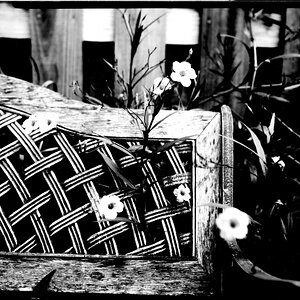- Joined
- Mar 8, 2011
- Messages
- 25,157
- Reaction score
- 9,010
- Location
- Iowa
- Website
- pixels.com
- Can others edit my Photos
- Photos NOT OK to edit
thank you to everyone that actually answered my question about this, I'm not good with all these technical terms and names and numbers and stuff I finally watched a vidoe that totally helped to understand the problem and the issue that I was having, along with a user guide video. I guess I'm just gonna have to get an actual fx lens to see what the difference is.
You will be able to see what the difference is when there's a lens on the camera. The entire viewfinder will be what an FX lens will record. Shooting in DX mode, you'll only get what's inside the black rectangle.




![[No title]](/data/xfmg/thumbnail/37/37604-7ad625e983f92f880eb65a264eeef5e4.jpg?1619738148)
![[No title]](/data/xfmg/thumbnail/36/36399-041c9ebc3a39e89ec8e39243c0d43528.jpg?1619737551)

![[No title]](/data/xfmg/thumbnail/31/31011-439c1242fe08cf6b54f32bf06523a567.jpg?1619734567)





![[No title]](/data/xfmg/thumbnail/37/37603-739c5d9b541a083a12f2f30e45ca2b7b.jpg?1619738147)
